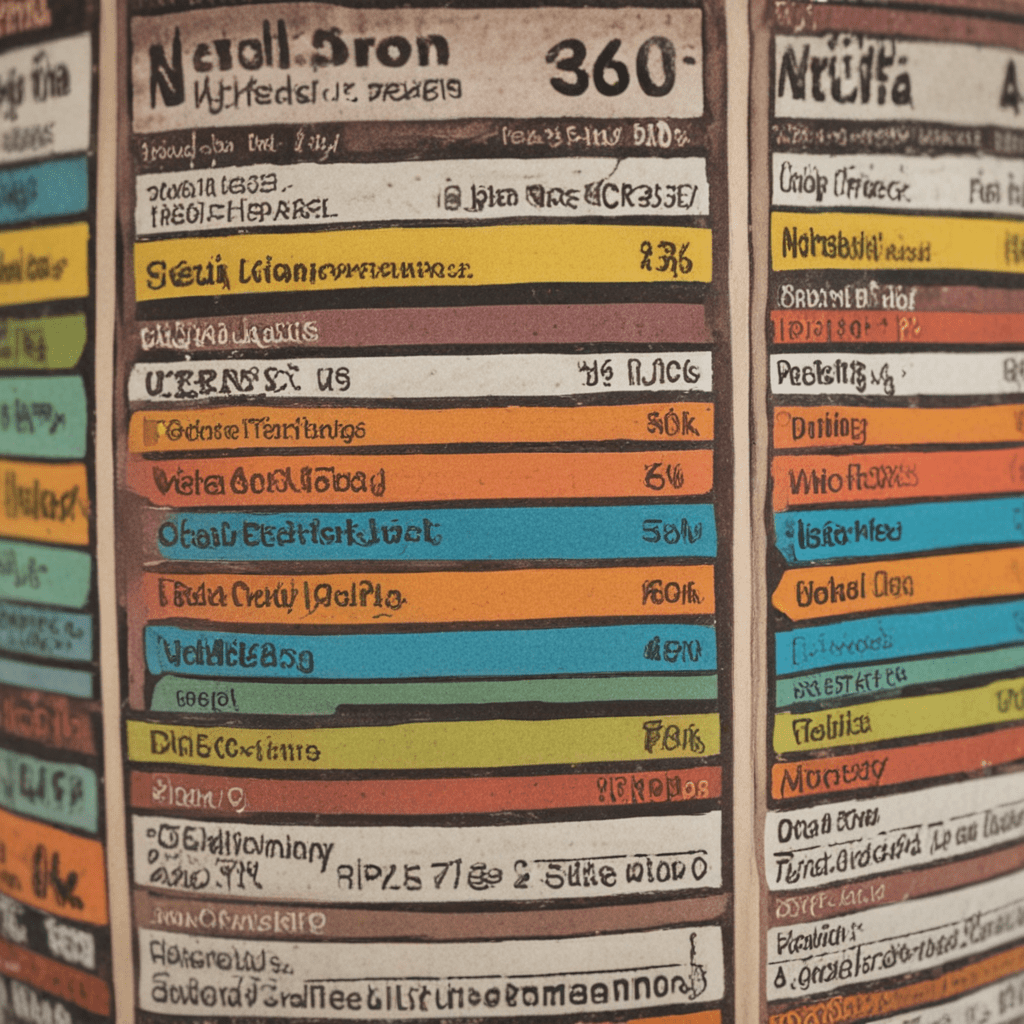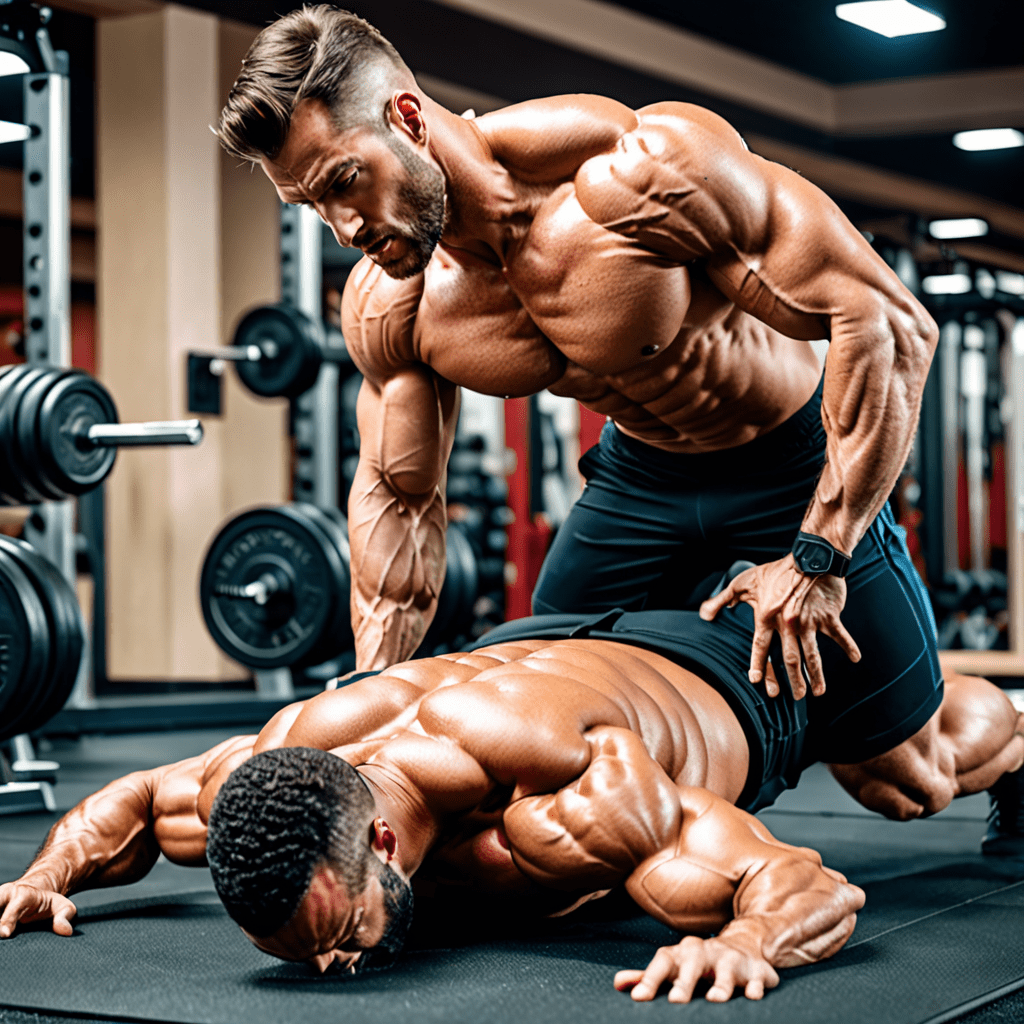Cardiovascular Exercises for Better Muscle Growth
Cardio enthusiasts rejoice! Cardiovascular exercise, often overlooked in muscle-building endeavors, is your secret weapon for maximizing gains. While weightlifting reigns supreme in muscle development, incorporating cardiovascular exercises like brisk walking, running, cycling, and swimming can amplify your results. Here’s why:
1. The Benefits of Cardiovascular Exercise for Muscle Growth
Cardiovascular exercise, by elevating your heart rate and increasing blood flow, enhances the delivery of oxygen and nutrients to muscles, promoting growth and repair. It also improves insulin sensitivity, enabling your body to utilize nutrients more efficiently for muscle-building purposes. Additionally, cardio enhances endurance, allowing you to push harder during resistance training sessions, leading to greater muscle stimulation.
2. How Cardiovascular Exercise Stimulates Muscle Protein Synthesis
Cardiovascular exercise increases the production of growth hormone, a potent anabolic hormone that plays a crucial role in muscle growth. By elevating growth hormone levels, cardio stimulates muscle protein synthesis, the process by which muscles repair and build new tissue. Moreover, cardio enhances the release of nitric oxide, a signaling molecule that promotes blood flow and nutrient delivery to muscles, further supporting muscle growth.
3. The Best Types of Cardiovascular Exercise for Muscle Growth
Not all cardiovascular exercises are created equal when it comes to muscle growth. High-intensity interval training (HIIT) emerges as the champion, delivering impressive results in both fat loss and muscle building. HIIT involves alternating short bursts of high-intensity exercise with brief recovery periods, maximizing calorie burn and stimulating muscle growth. Other effective cardiovascular exercises for muscle growth include steady-state cardio, swimming, and cycling.
4. High-Intensity Interval Training (HIIT) for Muscle Growth
HIIT, characterized by its alternating high-intensity intervals and rest periods, has gained popularity as a highly effective form of cardiovascular exercise for muscle growth. HIIT not only boosts calorie expenditure and fat loss but also stimulates muscle protein synthesis. The high-intensity intervals create a hormonal environment conducive to muscle growth, promoting the release of growth hormone, testosterone, and other anabolic hormones.
5. Steady-State Cardio vs. HIIT for Muscle Growth
While both steady-state cardio and HIIT can contribute to muscle growth, HIIT stands out as the more time-efficient and muscle-building-focused option. Steady-state cardio, performed at a moderate intensity for an extended duration, primarily targets fat loss and cardiovascular endurance. HIIT, on the other hand, engages both aerobic and anaerobic energy systems, stimulating muscle growth and improving overall fitness.
6. How to Incorporate Cardiovascular Exercise into Your Resistance Training Plan
Successfully integrating cardiovascular exercise into your resistance training plan requires strategic planning. Aim to schedule cardio sessions on separate days from weightlifting or perform them before or after resistance exercises. Prioritizing weightlifting ensures that you have ample energy for heavy lifting, while post-workout cardio can enhance recovery and reduce muscle soreness. If combining cardio and resistance exercises in one session, complete the cardiovascular portion first to minimize fatigue during weightlifting.
7. The Frequency and Duration of Cardiovascular Exercise for Muscle Growth
Consistency is key when incorporating cardiovascular exercise into your muscle-building regimen. Aim for at least 150 minutes of moderate-intensity cardio or 75 minutes of vigorous-intensity cardio per week. This equates to approximately 30 minutes of brisk walking or running, five days a week. If opting for HIIT, 20-30 minutes, two to three times per week is sufficient. Remember, excessive cardio can hinder muscle growth, so moderation is crucial.
8. The Timing of Cardiovascular Exercise for Muscle Growth
Timing your cardiovascular exercise strategically can optimize muscle growth. Avoid cardio immediately before weightlifting, as it can deplete muscle glycogen stores, reducing your performance and limiting muscle growth. Instead, perform cardio after resistance exercises or on separate days. Post-workout cardio can enhance blood flow to muscles, facilitate nutrient delivery, and promote recovery.
9. Avoiding Overtraining with Cardiovascular Exercise
Overdoing cardiovascular exercise can negatively impact muscle growth. Monitor your body’s response and adjust your cardio intensity and frequency accordingly. Excessive cardio can lead to fatigue, decreased muscle strength, and impaired recovery. Pay attention to signs of overtraining, such as persistent muscle soreness, decreased energy levels, and poor performance during resistance training sessions. Prioritize rest and recovery to prevent burnout and sustain progress.
10. Conclusion: The Role of Cardiovascular Exercise in Muscle Growth
Contrary to popular belief, cardiovascular exercise plays a pivotal role in muscle growth. By enhancing blood flow, nutrient delivery, and growth hormone production, cardio supports muscle protein synthesis and recovery. Incorporating cardiovascular exercises into your resistance training plan optimizes muscle growth and overall fitness. Remember to prioritize weightlifting, perform cardio strategically, and avoid overtraining. By striking the right balance, you can maximize muscle growth and reap the benefits of both cardiovascular exercise and resistance training.
FAQ
Can cardiovascular exercise help build muscle?
Yes, cardiovascular exercise can support muscle growth by improving blood flow, nutrient delivery, and growth hormone production.
What types of cardiovascular exercise are best for muscle growth?
High-intensity interval training (HIIT) and steady-state cardio are effective cardiovascular exercises for muscle growth.
How often should I do cardiovascular exercise for muscle growth?
Aim for at least 150 minutes of moderate-intensity cardio or 75 minutes of vigorous-intensity cardio per week.
When should I do cardiovascular exercise for muscle growth?
Avoid cardio immediately before weightlifting, as it can deplete muscle glycogen stores. Perform cardio after resistance exercises or on separate days.
Can I do too much cardiovascular exercise and hinder muscle growth?
Yes, excessive cardiovascular exercise can lead to overtraining, fatigue, decreased muscle strength, and impaired recovery. Prioritize rest and recovery to prevent burnout.


